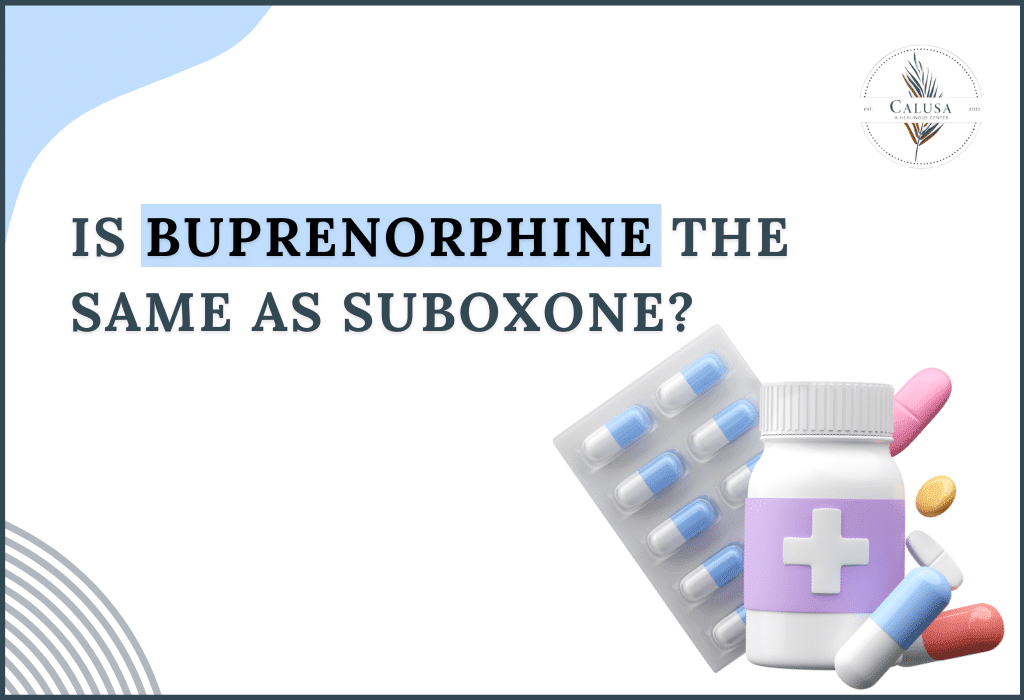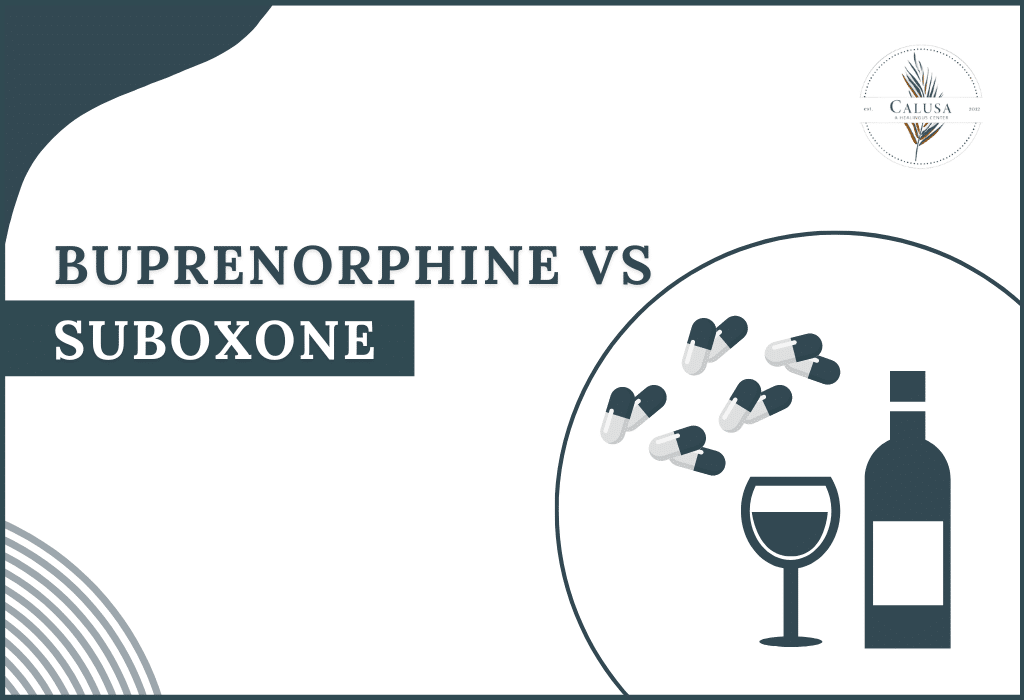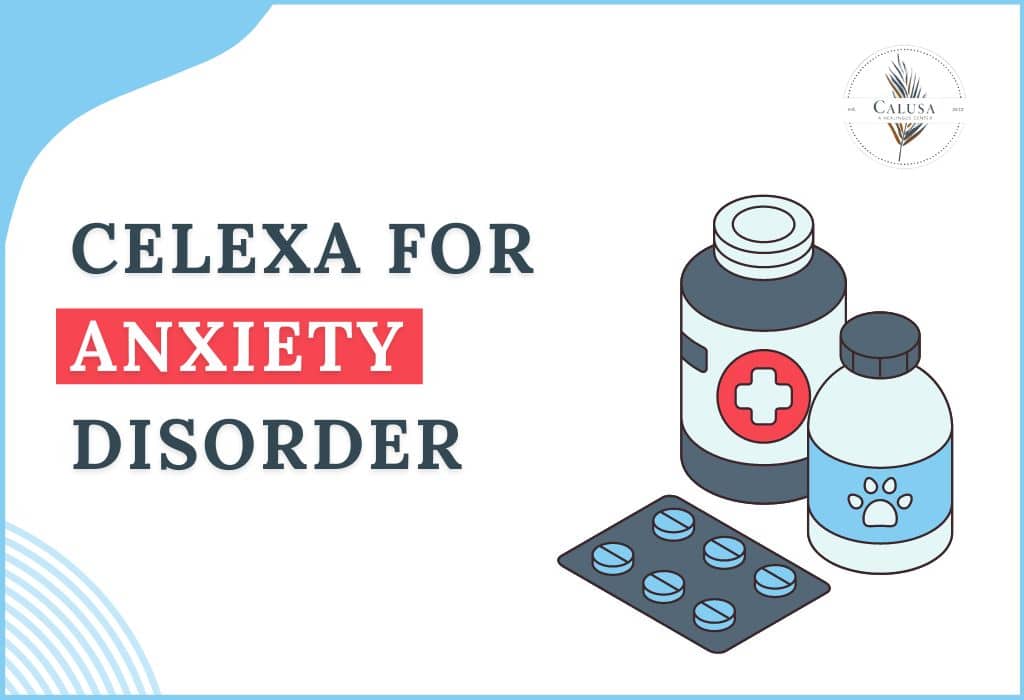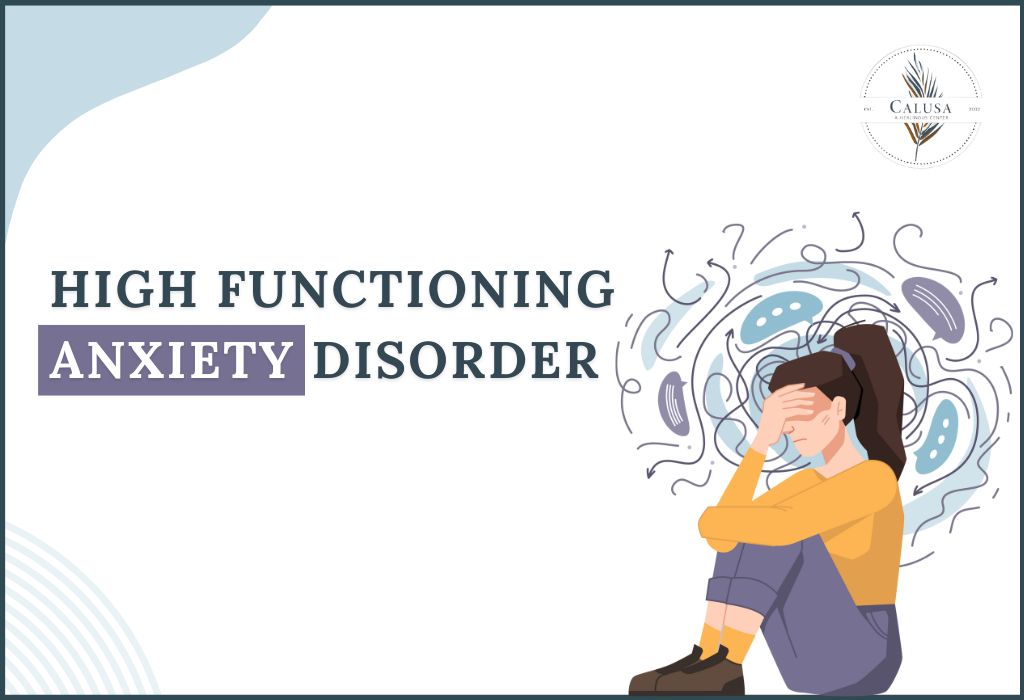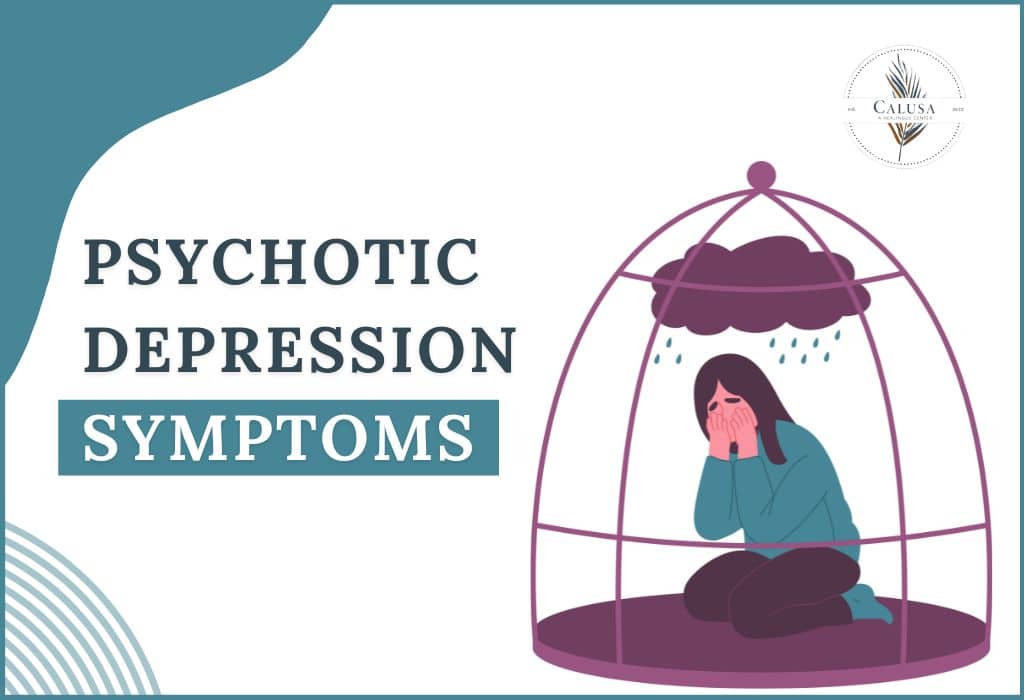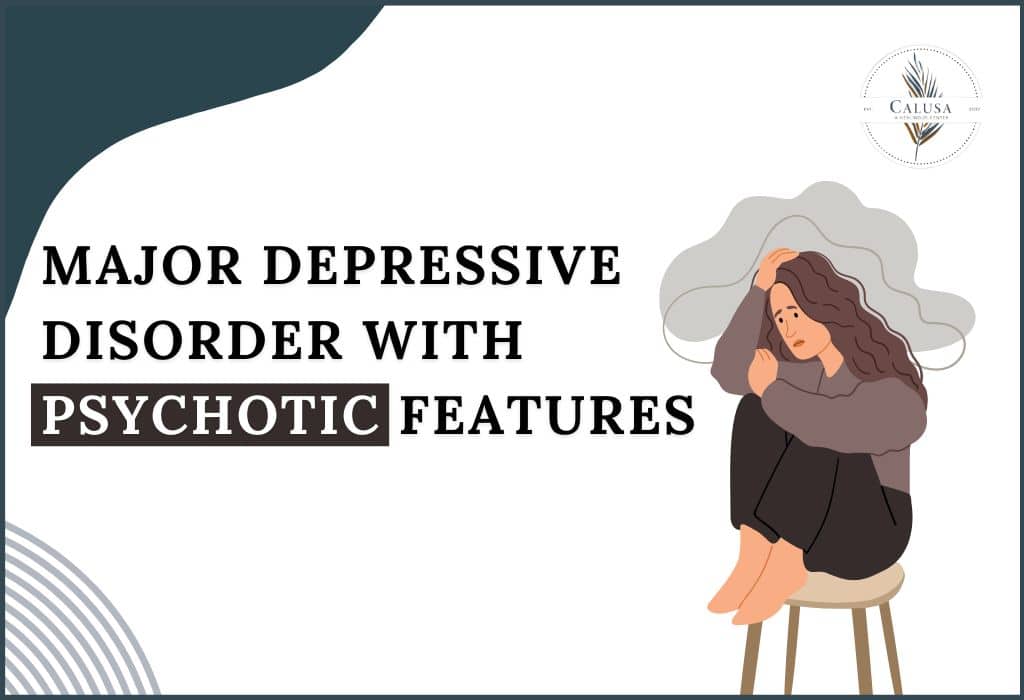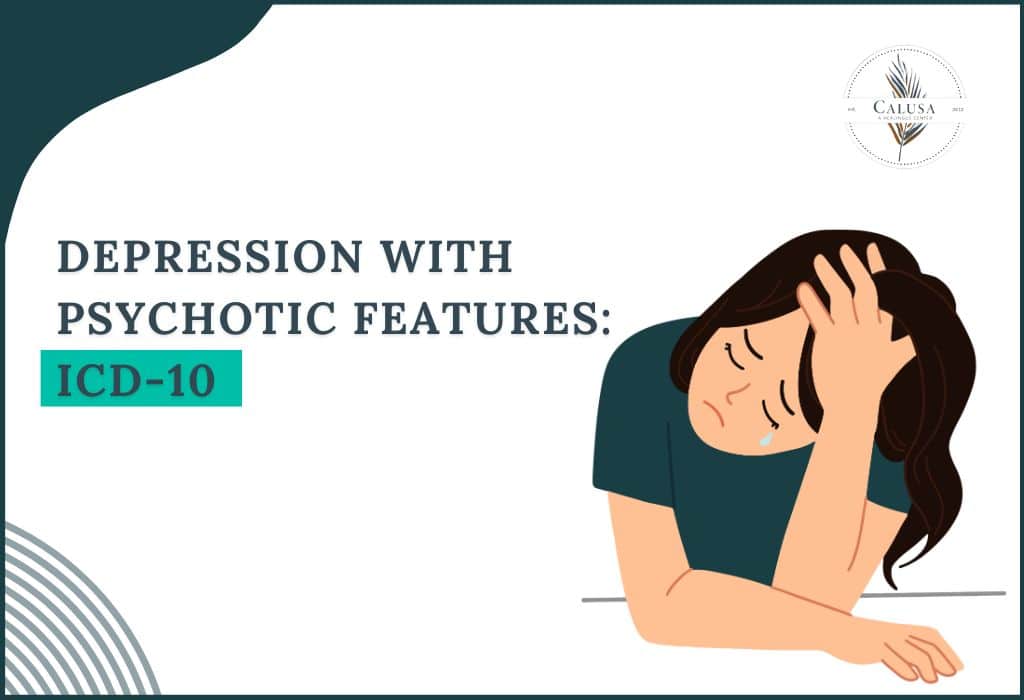According to recent studies, Heroin is highly addictive, in the United States commit more than 50,000,000 crimes per year and their lifetime criminality exceeds 819,000,000 offenses, with theft being the predominant offense. Heroin is an illegal drug that is made from morphine, which comes from opium poppy plants grown in Asia, Mexico, and Columbia. Heroin in its pure form looks like a white powder but heroin sold on the streets looks like a brown powder, rose gray, or sticky black substance(like tar) depending upon how it is processed and what product it is mixed with. Some of the street names for heroin are horse, junk, smack, brown sugar, dope, and tar. This leads to people with signs of heroin use.
Heroin is consumed by injecting, snorting it through the nose, smoking, swallowing it, or inserting it in the rectum or vagina. No matter how heroin is ingested, it crosses the blood-brain barrier quickly and produces a powerful rush of pleasure, followed by a state of drowsiness and relaxation. This may be a sign of heroin use. People with a family history of substance abuse or might have a personal history of mental illness or family history of mental illness may also be a cause for this addiction.
How do people get addicted to heroin and how do they show signs of heroin use?
A person might show repeated signs of heroin use being in the state of heroin addiction. For someone who is addicted to heroin, everything revolves around the drug. A lot of youngsters are getting addicted to heroin due to factors like academic pressure, adverse childhood events like trauma, abuse, or violence in their early life, low self-esteem, emotional distress, and more.
Hence people consume heroin for various reasons, such as:
- To cope with mental sickness such as anxiety and depression
- To experiment and enjoy Dopamine (neurotransmitter) pleasure
- To self-medicate physical and chronic injuries.
- To escape from the stress they are going through
- To fit in with the environment
When heroin is ingested it is absorbed through the walls of the stomach and intestines and enters the bloodstream. From the bloodstream, it enters the brain, binds to the opioid receptors, and triggers the rush of Dopamine. (It is the neurotransmitter whose one of the functions is to provide the feeling of pleasure and satisfaction). This creates a feeling of exhilaration, relaxation, and pain relief showing the early signs of heroin use.
Early signs of heroin addiction to consider
According to the National Institute on Drug Abuse (NIDA), heroin use has been steadily rising since 2007, with the number of people starting to use heroin increasing. Recognizing the signs of heroin addiction in a loved one might be challenging since they may try to conceal or lie about their behavior. However, it is an important step toward getting them the therapy they require. You may look out for the following signs of heroin use:
- See for the presence of paraphernalia drug that is used to prepare, inject, snort, or smoke heroin
- Heroin shots leave needle marks, and many users dress in long-sleeved garments to cover their wounds
- Unusual and constant need for money, financial crisis
- Changes in appearance include drastic weight loss, poor appetite, skin disorders, bloodshot eyes, and frequent nose bleeds
- Neglecting to maintain proper personal hygiene
- Slurred and garbled speech due to heroin effect on CNS affecting their ability to speak clearly
- Engage in risky adventurous activities when the person is under the influence of heroin
- Change in their daily routines due to lack of interest, motivation, and responsibility in one’s personal life
The Short-Term Effects of Heroin
Unfortunately, the short-term effects of heroin use are far from blissful. Heroin slows down the body’s functions, including heart rate and breathing, which can lead to serious health issues. Users may experience drowsiness, clouded mental functioning, and slowed reflexes.
In addition to the physical effects, heroin use can also impair cognitive abilities and decision-making skills. This can increase the risk of accidents and injuries, as well as contribute to risky behaviors.
Furthermore, heroin use can lead to a host of other problems, such as an increased risk of infectious diseases like HIV and hepatitis, as well as mental health disorders like depression and anxiety.
The Long-Term Effects of Heroin
Chronic heroin use can cause long-term damage to vital organs, such as the liver, kidneys, and lungs. Continuous exposure to heroin can lead to inflammation and scarring, which can impair the functioning of these organs.
Moreover, heroin addiction can take a toll on a person’s overall health and well-being. The constant pursuit of the drug can lead to neglect of basic self-care, including proper nutrition and hygiene. This can weaken the immune system and make individuals more susceptible to infections and diseases.
Additionally, heroin addiction can have severe social and economic consequences. It can strain relationships, lead to job loss, and result in financial instability. The cycle of addiction can be difficult to break, and individuals may find themselves trapped in a downward spiral.
It is important to recognize the gravity of heroin addiction and its effects on individuals and society as a whole. Education and awareness are crucial in addressing this issue and providing support to those who are struggling with heroin use.
Understanding heroin addiction and physical dependency
Heroin addiction is a very chronic disease where people can’t stop using the drug irrespective of the negative consequences surrounding them. They lose their control over themselves and have a strong craving for the drug. This addiction is caused by a combination of factors such as DNA, stress, traumatic experiences, and being affected by the people they surround. It’s similar to a disorder that damages the brain and makes it difficult for people to stop taking heroin.
Physical dependency on heroin is a physiological condition that occurs when the body adjusts to the drug’s presence and requires it to operate normally. When people who are physiologically dependent on heroin find it difficult to quit or lessen their drug usage, they experience heroin withdrawal symptoms. Nausea, vomiting, diarrhea, muscular pains, sweating, anxiety, and sleeplessness are some withdrawal symptoms. Physical dependency is not the same as addiction, although it might make quitting the drug more difficult as a risk factor of heroin.
Symptoms and signs of heroin use
Heroin addiction can have serious physical and psychological consequences. The substance is highly addictive and can have devastating effects on both physical and mental health, resulting in a variety of social and legal consequences for the user who develops an addiction. Here is some of the signs and symptoms of heroin addiction.
Physical Symptoms of heroin
- Scars and bruises caused by repeated injections lead to infections and blood-borne diseases like HIV
- The disability to absorb information, make decisions, and solve issues results in clouded thinking resulting in impaired judgment, memory, and focus of the individual
- Irritation in the stomach and intestine causes nausea and vomiting. This can result in weight loss due to malnutrition, dehydration, and metabolic changes
- Reduction in saliva production in the mouth, resulting in a dry and sticky sensation causing tooth decay and gum disease
- Heaviness and numbness in the arms and legs affect coordination and balance and increase the risk of falling or injuring oneself
- Slow-down breathing reduces the amount of oxygen reaching the brain and other vital organs, in severe cases leading to brain damage and death
Behavioral signs of heroin use
One of the most commonly observed physical signs of heroin use is pinpoint pupils. When someone is under the influence of heroin, their pupils become constricted and appear significantly smaller than usual. This is due to the drug’s effects on the autonomic nervous system, which controls pupil dilation. Pinpoint pupils can be a telltale sign of heroin use, especially when combined with other physical symptoms.
Track marks, also known as injection sites, are another physical sign of heroin use. These marks are caused by repeated injections of the drug into veins. They often appear as small, puncture-like scars and are most commonly found in areas where veins are easily accessible, such as the arms. However, track marks can also be found on other parts of the body.
Sudden and significant weight loss is another physical sign of heroin use. Heroin suppresses appetite, leading to a decrease in food intake and subsequent weight loss. Individuals struggling with heroin addiction may exhibit noticeable changes in their body weight and overall appearance.
Additionally, the physical deterioration associated with heroin use can manifest in various ways. Skin problems, dental issues, and overall poor hygiene are common among heroin users. These physical signs are often a result of neglecting personal care and hygiene due to the intense focus on obtaining and using the drug.
Psychological heroin addiction symptoms
- Emotional numbing makes the person feel disconnected from the environment around them
- The inability to think makes it difficult to concentrate, make decisions, and solve problems
- Experiencing psychosis is a severe mental disorder characterized by a loss of contact with reality, delusions, disorganized thoughts, and hallucinations
- Change in personality makes the person irritable, anxious, and depressed
Paraphernalia Associated with Heroin Use
In addition to the physical and behavioral signs, the presence of specific paraphernalia can also indicate heroin use.
Common Items Used in Heroin Consumption
Heroin use is often associated with specific tools and paraphernalia. These can include syringes, spoons, lighters, and folded aluminum foil, which may have burn marks or a black residue.
Additionally, users may possess small, colored glass or metal pipes for smoking heroin. Finding any of these items, particularly in unusual places or hidden away, may suggest that someone is using heroin.
Recognizing Hidden Signs in the Environment
It is important to be observant of changes in the immediate environment, as certain signs can point to heroin use. These signs may include small plastic baggies, tiny rubber bands, or cotton balls, which are commonly used to package and prepare heroin for consumption.
Furthermore, discarded drug paraphernalia, such as needle caps or burnt spoons, may be found in secluded areas or hidden in trash containers. Being vigilant can help identify if someone in your vicinity is using heroin
Long-term effects of heroin addiction
Heroin can make the body get used to it, so over time, the user takes more of it to feel the same effects you did before. This is called tolerance. Suddenly stopping or lessening the usage of heroin can lead to uncomfortable symptoms, like feeling sick or in pain. This is known as physical dependence. So, people might keep using heroin just to avoid feeling unwell when they try to quit.
Studies have found that long-term heroin addiction can lead to lasting changes in the physical structure and physiology of the brain, which is hard to reverse. One of these changes can harm something called myelin, which is like a protective coating around the brain’s nerve fibers. This damages different parts of the brain to communicate with each other, resulting in the person’s ability to make good choices, their mood, and how they handle stress.
Signs of heroin use in loved ones
Alongside physical and behavioral signs, there are psychological indicators that may suggest heroin use. These signs are often more subtle and require a deeper understanding of addiction and its effects on mental health. Some common psychological signs of heroin use include anxiety, depression, and changes in personality.
Anxiety is a common psychological symptom among individuals struggling with heroin addiction. The drug’s effects on the brain can lead to a constant state of restlessness and worry. This anxiety can manifest as physical symptoms such as increased heart rate, sweating, and trembling.
Depression is another psychological sign that may be present in individuals using heroin. The drug’s impact on the brain’s reward system can lead to a decrease in natural dopamine production, resulting in feelings of sadness and hopelessness. Individuals struggling with addiction may exhibit symptoms such as persistent sadness, loss of interest in previously enjoyed activities, and changes in appetite and sleep patterns.
Personality changes can also occur as a result of heroin use. Individuals may become more secretive, manipulative, and dishonest to maintain their drug use. These changes in behavior can strain relationships and create a sense of distrust among loved ones.
Overdose of heroin addiction symptoms
When we are in pain the brain has opioid receptors which make natural pain-relief chemicals. To a person who is under the influence of heroin, it attaches to these receptors and makes a person feel happy and less pain. This encourages the user to overdose leading to death.
Some of the Overdose Signs of Heroines use are:
- Slowed or abnormal breathing and heart rate,
- Loss of consciousness and lifeless
- Bluish or purplish skin especially around the lips and fingernails
- Cold and sweaty skin
- Dry and discolored mouth, constipation, and spasms in the abdominal
- Disorientation and muscle spasm
- Sleepiness, hypotension, and weakness
Heroin withdrawal symptoms
Most heroin addicts will go to great lengths to avoid heroin withdrawal symptoms, which are extremely unpleasant but not life-threatening. Withdrawal symptoms might also arise after prolonged usage. Physically, heroin withdrawal may resemble the illness. Nausea, diarrhea, a runny nose, achiness, tremors, exhaustion, chills, and sweating are common symptoms. More severe symptoms, such as trouble breathing, sadness, anxiety, and sleeplessness, might also develop.
Treatment and Recovery for Heroin addiction
There are several heroin addiction therapies available, including both behavioral and pharmacological (medication) treatments.
Behavioral treatment
This includes cognitive-behavioral and contingency treatment that can reduce drug use and increase their life skills to handle a stressful environment that triggers intense cravings for drugs.
Behavioral therapy can also improve the efficacy of drugs and help patients stay in treatment for longer periods.
Pharmacological treatment
Medications created to help with opioid addiction work on the same parts of the brain as the addictive drug does, but they are safer and don’t lead to harmful behaviors linked to drug addiction.
Naloxone is used to treat heroin overdose when given immediately.
Methadone and Buprenorphine medications work the same as heroin binding to the opioid receptors in the brain. These medications are safe and last longer than heroin.
The Importance of Early Detection
Recognizing the signs of heroin use promptly can be crucial in providing individuals with the help and support they need.
The Role of Timely Intervention
Early detection of heroin use allows for early intervention and the opportunity to address the issue before it escalates further. Support from loved ones, professional intervention, and access to appropriate treatment resources can significantly increase the chances of a successful recovery.
It is important to approach these situations with empathy and understanding, as addiction is a complex disease that requires comprehensive treatment and ongoing support.
The Path to Recovery and Rehabilitation
Recovery from heroin addiction is a challenging journey, but with the right support and resources, it is possible. From detoxification to counseling and therapy, there are various treatment options available to help individuals overcome their addiction and rebuild their lives.
Seeking help from qualified healthcare professionals and connecting with support groups can provide the necessary guidance and encouragement throughout the recovery process.
FAQ (Frequently Asked Questions)
What are the three main signs of heroin use?
- Having an intense urge to have more drugs
- Changing social groups, showing unusual behavior, and being secretive
- Experiencing withdrawal symptoms when the user tries to avoid the intake of drugs
What does heroin dependence mean?
According to the Royal College of Psychiatrists, heroin dependence is a drug use disease that can develop after taking heroin regularly. If you are addicted to heroin, you will have a strong urge to take more of the substance and will struggle to control how much you use.
What is the most common form of treatment for opioid dependence?
Naloxone, Methadone, and Buprenorphine are some of the common forms of treatment for opioid dependence.
Conclusion
Heroin addiction can be a nightmare not only for the individual but also for family members and relationships. As the prevalence of heroin addiction symptoms increases, it’s important to learn about heroin and substance abuse among family members so that everyone, including loved ones, may get the help they need to overcome heroin addiction. Connect with professionals if you or your loved one is showing signs of heroin use.
A variety of effective treatments are available for heroin addiction, including both behavioral and pharmacological (medications).
Both treatments contribute to the restoration of normalcy in brain function and behavior, resulting in higher employment rates and a decreased risk of HIV and other illnesses, as well as criminal conduct. Although behavioral and pharmacologic therapies may be incredibly beneficial when used alone, research suggests that combining both types of therapy is the most successful method for many people. Medication-assisted therapy, behavioral treatments, and support groups are among the therapeutic possibilities.
Hence it’s important to seek professional help if you or someone you know is struggling with heroin addiction. We, at Calusa Recovery Heroin Treatment help individuals to understand their problems and provide a customized solution to them. Within 72 hours of admission, a biopsychosocial assessment by the Clinical Director is completed and a psychiatrist conducts a comprehensive psychiatric evaluation. Moving forward, each week, clients receive an individual counseling session, with family counseling added to the treatment plan as needed.

